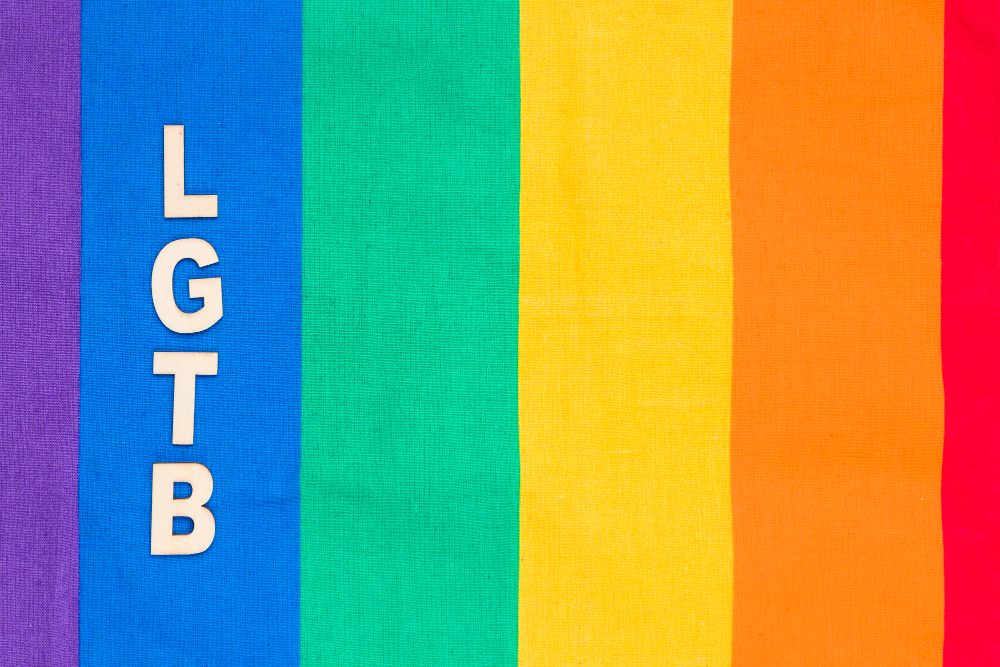Homosexuality has existed across cultures and centuries, with a history reflecting varying degrees of acceptance and persecution. From ancient dynasties to modern revolutions, the perspective of same-sex relationships has continuously evolved based on cultural, religious, and social factors.
In ancient China, for example, male concubines were actually rather common in imperial courts. During the Han dynasty, Emperor Ai famously woke up to find his male lover, Dong Xian, resting on his clothes, and instead of waking him, the Emperor cut his own sleeve off to avoid disturbing him. However, as Central Asian and Western influences spread during later dynasties, such relationships became stigmatized. By the Qing dynasty, homosexuality was criminalized.
Similarly, ancient India acknowledged homosexuality openly, with references in texts like the Kamasutra. However, attitudes shifted with the spread of Western influences during the British colonial period. From the late 18 to the 19 century, British colonial rule introduced Victorian moral values, which were more conservative and repressive regarding sexual matters, including homosexuality.
This shift led to the criminalization of same-sex relations through laws like Section 377 of the Indian Penal Code, enacted in 1860. The law, influenced by British colonial frameworks, labeled homosexual acts as “unnatural offenses” and imposed severe penalties, leading to the stigmatization of same-sex relationships.
The most prominent examples of homosexual relationships in ancient civilizations can be found in Greece and Rome. From mythological tales like Apollo and Hyacinthus or Zeus and Ganymede, to real-life practices, same-sex relationships, particularly between older men and adolescent boys, were not uncommon. While attitudes varied between city-states, the practice (known as pederasty) was widely accepted—though the younger partner’s role was often viewed much less favorably.
Homosexuality was also notable in Japanese monasteries and among samurai, where relationships between older men and younger adolescents were common. These relationships could take the form of teacher-student bonds, though at times they also developed into romantic connections. Compared to cultures like Greece and Rome, where the younger partner was often seen as shameful for assuming a “feminine” role, such relationships in Japan were less stigmatized. However, this still highlights a broader pattern across ancient civilizations: even in cultures more tolerant of homosexuality, clear injustices persisted. The younger, “feminine” partner was often devalued, while the older, “masculine” partner was revered. This dynamic underscores the pervasive gender disparities of the time, showing how even same-sex relationships within more ‘accepting’ societies, were shaped by societal hierarchies. Ultimately, it reveals how both sexuality and gender roles were intertwined in complex ways, with the struggle for gender equality echoing throughout history.
Some ancient civilizations refused to accept homosexuality in any form. Societies like the Aztecs, Assyrians, and some Germanic tribes were deeply against homosexual relationships. The spread of Abrahamic religions, Christianity, Judaism, and Islam, contributed significantly to global stigmatization. For example, Christian Europe’s colonization introduced punitive attitudes, and Zoroastrian influence also led to increased intolerance in India. Similarly, the Mongols impacted Chinese perspectives on homosexuality.
Homophobic sentiment in many regions today is often a product of cultural shifts influenced by colonialism and religion. While ancient societies had varying attitudes toward homosexuality, external influences often amplified intolerance. For example, pre-colonial societies in Africa, the Americas, and Asia had diverse perspectives, many of which were more accepting until disrupted by colonial powers.
The history of homosexuality is as diverse as the cultures that shaped it. By understanding this complex past, society can better appreciate the strides made toward LGBTQ+ acceptance and the work still required to combat discrimination.

